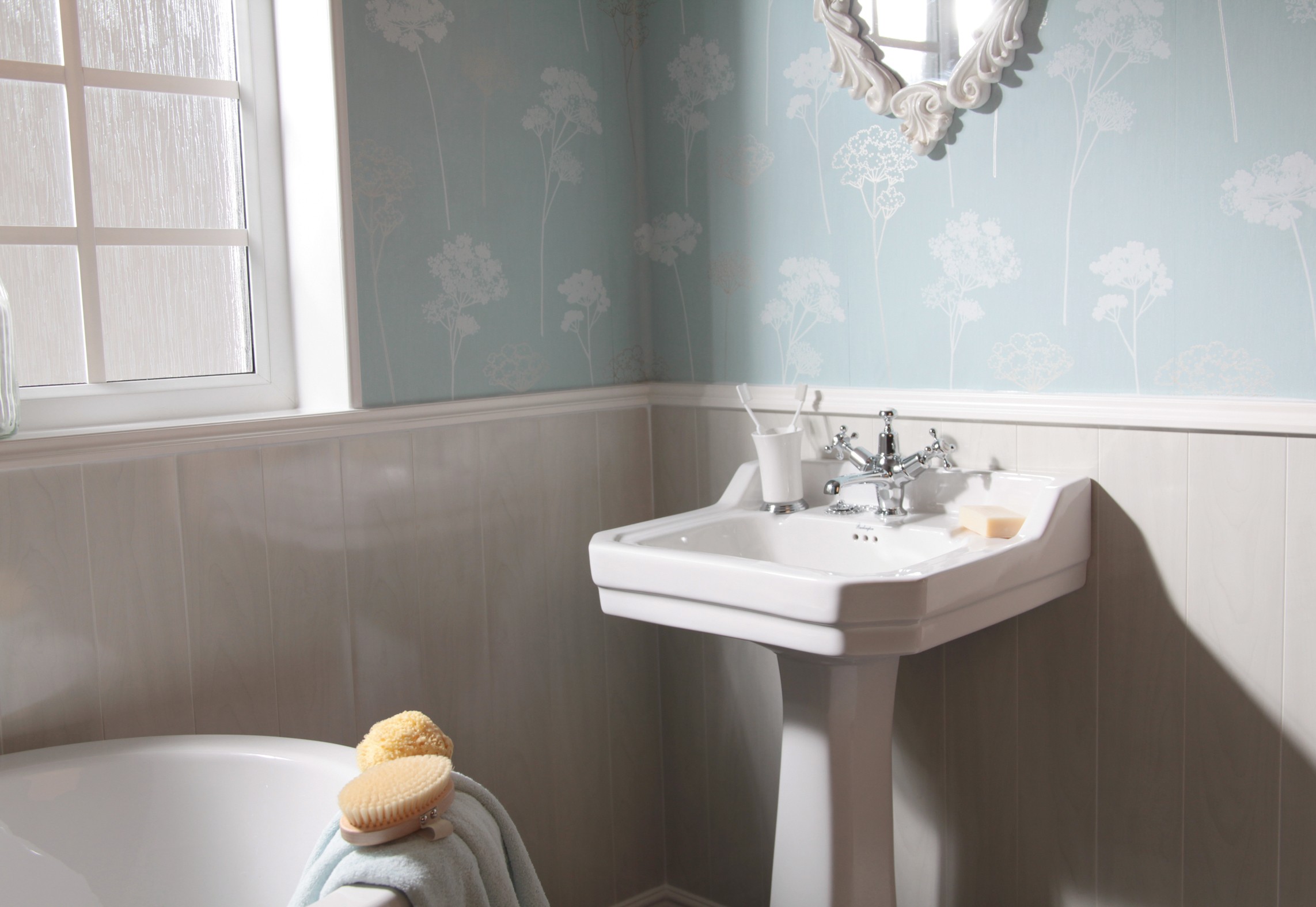Types of Wood Paneling for Bathroom Walls

Wood paneling for bathroom walls – Wood paneling is a versatile and stylish option for bathroom walls, offering durability, moisture resistance, and aesthetic appeal. Various types of wood paneling are available, each with its unique characteristics and benefits.
Wood paneling is making a comeback in bathroom walls, and for good reason. It’s durable, easy to clean, and can add a touch of warmth and sophistication to your space. If you’re looking for a way to update your bathroom without breaking the bank, wood paneling is a great option.
And if you’re looking for a black owned interior designer near you to help you with your project, be sure to check out black owned interior designers near me. They can help you create the perfect bathroom for your needs.
Some of the most popular wood species used for bathroom paneling include:
- Cedar: Cedar is a naturally rot-resistant wood with a beautiful reddish-brown color. It is durable and moisture-resistant, making it an excellent choice for bathrooms.
- Teak: Teak is a tropical hardwood known for its exceptional durability and water resistance. It has a rich golden-brown color and a smooth, even grain.
- Mahogany: Mahogany is a luxurious hardwood with a deep reddish-brown color. It is highly durable and moisture-resistant, making it a popular choice for high-end bathrooms.
Design Considerations for Wood Paneling in Bathrooms: Wood Paneling For Bathroom Walls

When incorporating wood paneling into bathroom walls, it’s essential to consider the overall design of the space to ensure a cohesive and visually appealing result. The following factors should be taken into account:
Color and Texture
The color and texture of the wood paneling should complement the bathroom’s fixtures, flooring, and lighting. Lighter shades of wood, such as oak or birch, can create a bright and airy atmosphere, while darker shades, such as mahogany or walnut, can add warmth and sophistication. The texture of the paneling can also impact the overall look of the bathroom; smooth, polished surfaces create a sleek and modern aesthetic, while rough-hewn or textured surfaces can add a rustic or organic touch.
Pattern and Style
The pattern and style of the wood paneling can also influence the overall design of the bathroom. Vertical paneling can create the illusion of height, while horizontal paneling can make the room appear wider. Tongue-and-groove paneling adds a classic and traditional touch, while shiplap paneling can give the bathroom a more modern or coastal feel.
Mixing and Matching
Wood paneling can be mixed and matched with other materials, such as tile or stone, to create a unique and personalized look. For example, a combination of wood paneling on the lower walls and tile on the upper walls can create a visually interesting and functional space.
By carefully considering these design factors, homeowners can create a bathroom space with wood paneling that complements the overall design and creates a cohesive and visually appealing atmosphere.
Installation and Maintenance of Wood Paneling in Bathrooms

Installing and maintaining wood paneling in bathrooms requires careful attention to detail to ensure longevity and moisture resistance. Here’s a comprehensive guide to help you navigate the process:
Installation, Wood paneling for bathroom walls
- Preparation: Ensure the walls are clean, dry, and free of any irregularities. Use a stud finder to locate the studs for securing the panels.
- Cutting: Measure and cut the wood panels to the desired size using a saw. Ensure the cuts are precise for a seamless fit.
- Securing: Attach the panels to the studs using galvanized nails or screws. Countersink the fasteners slightly below the surface to avoid damage to the paneling.
Sealing and Finishing
To protect the wood paneling from moisture, it’s essential to seal and finish it properly:
- Sealing: Apply a primer specifically designed for wood paneling to enhance adhesion and prevent moisture penetration.
- Finishing: Use a polyurethane or oil-based paint or stain to provide a protective layer and enhance the aesthetics.
Maintenance
Regular maintenance is crucial to preserve the appearance and longevity of wood paneling in bathrooms:
- Cleaning: Use a mild detergent and warm water to clean the paneling. Avoid harsh chemicals or abrasive cleaners.
- Moisture control: Ensure proper ventilation in the bathroom to minimize moisture accumulation. Use an exhaust fan or open a window during showers or baths.
- Repairs: Promptly address any scratches or dents on the paneling to prevent moisture penetration and further damage.
Wood paneling for bathroom walls adds warmth and character to any bathroom. When paired with recessed bathroom light fixtures, it creates a cozy and inviting atmosphere. Recessed bathroom light fixtures provide ample illumination without taking up valuable space, making them ideal for smaller bathrooms.
The combination of wood paneling and recessed light fixtures creates a stylish and functional bathroom that will be enjoyed for years to come.